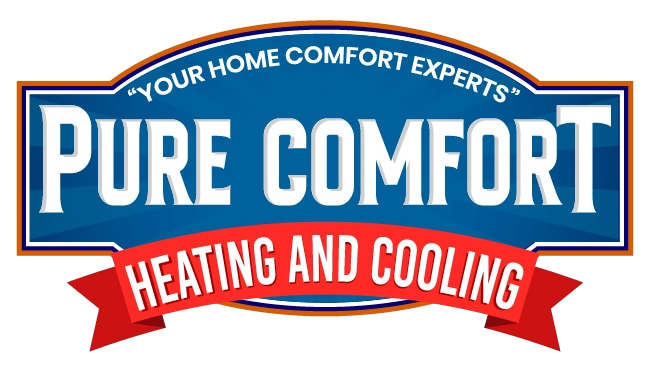
The windows throughout your home open up to the outdoors, a way to let light in while you enjoy the view of your garden, yard or other surroundings. The last thing you need to see is a sweaty window plastered in a coating of condensation.
Not only are windows covered in condensation unattractive, they also can be a symptom of a larger air-quality problem inside your home. Luckily, there’s numerous things you can do to resolve the problem.
What Creates Condensation in Windows
Condensation on the inner layer of windows is formed by the humid warm air throughout your home hitting the colder surface of your windows. It’s particularly common in the winter when it’s much cooler outside than it is within your home.
Inside Moisture vs. In Between Panes
When discussing condensation, it’s important to know the difference between moisture on the inside of your windows in comparison to moisture in between the windowpanes. One is an air-quality issue and the other is a window issue.
- Moisture within a window is produced from the warm moist air inside your home condensing against the glass.
- Existing moisture you see between windowpanes is caused when the window seal fails and moisture seeps between the two panes of glass, and by then the window needs to be repaired or replaced.
- Condensation inside the windows isn’t a window situation and can instead be solved by adjusting the humidity inside your home. Numerous things generate humidity inside a home, such as showers, cooking, bathing or even breathing.
Why Sweating Windows Can Be a Problem
Though you might consider condensation in your windows is a cosmetic problem, it may also be evidence your home has excess humidity. If this is the case, water may also be collecting on window frames, cold walls or other surfaces. Even a thin film of water can encourage wood surfaces to mildew or rot over time, increasing the growth of mildew or mold.
How to Reduce Humidity in Your Home
Thankfully there are various options for extracting moisture from the air throughout your home.
If you have a humidifier running inside your home – whether it be a smaller unit or a whole-house humidifier – lower it further so the humidity inside your home decreases.
If you don’t have a humidifier running and your home’s humidity level is higher than you prefer, look into installing a dehumidifier. While humidifiers put moisture in your home so the air doesn’t dry out, a dehumidifier draws excess moisture out of the air.
Small, portable dehumidifiers can remove the water from a single room. However, these units require emptying water trays and usually service a fairly small area. A whole-house dehumidifier will remove moisture across your entire home.
Whole-house dehumidifier systems are managed by a humidistat, which allows you to set a humidity level the same like you would select a temperature with your thermostat. The unit will run immediately when the humidity level surpasses the set level. These systems work with your home’s HVAC system, so you will receive the best results if you contact skilled professionals for whole-house dehumidifier installation Streamwood.
Other Ways to Eliminate Condensation on Windows
- Exhaust fans. Adding exhaust fans around humidity hotspots like the bathroom, laundry room or above the stove can help by extracting the warm, humid air from these rooms out of your home before it can increase the humidity level in your home.
- Ceiling fans. Turning on ceiling fans can also keep air swirling within the home so humid air doesn’t get caught up in one place.
- Open window treatments. Pulling open the blinds or drapes can reduce condensation by stopping the damp air from being trapped against the windowpane.
By reducing humidity across your home and moving air throughout your home, you can enjoy clear, moisture-free windows even during the winter.

